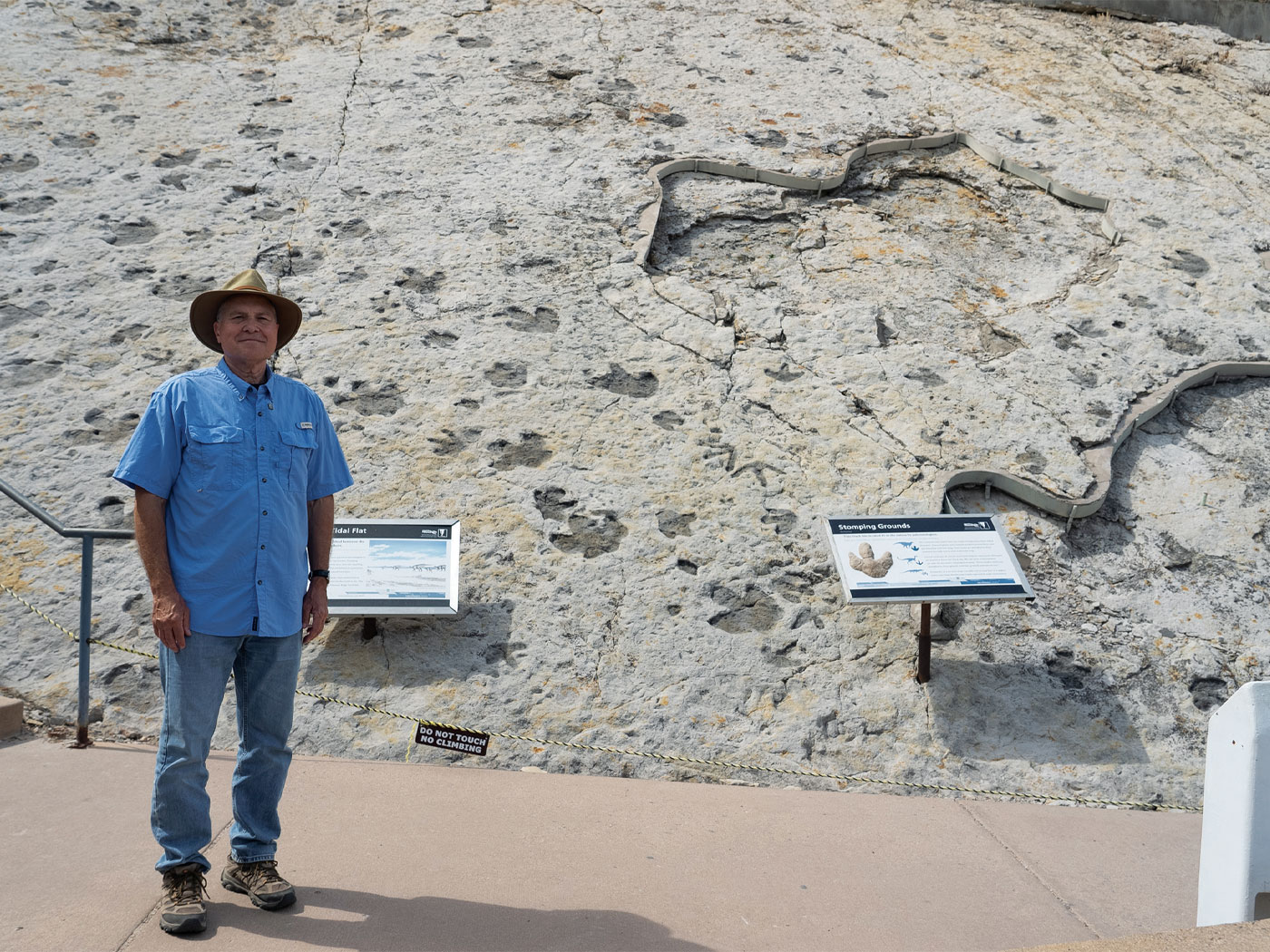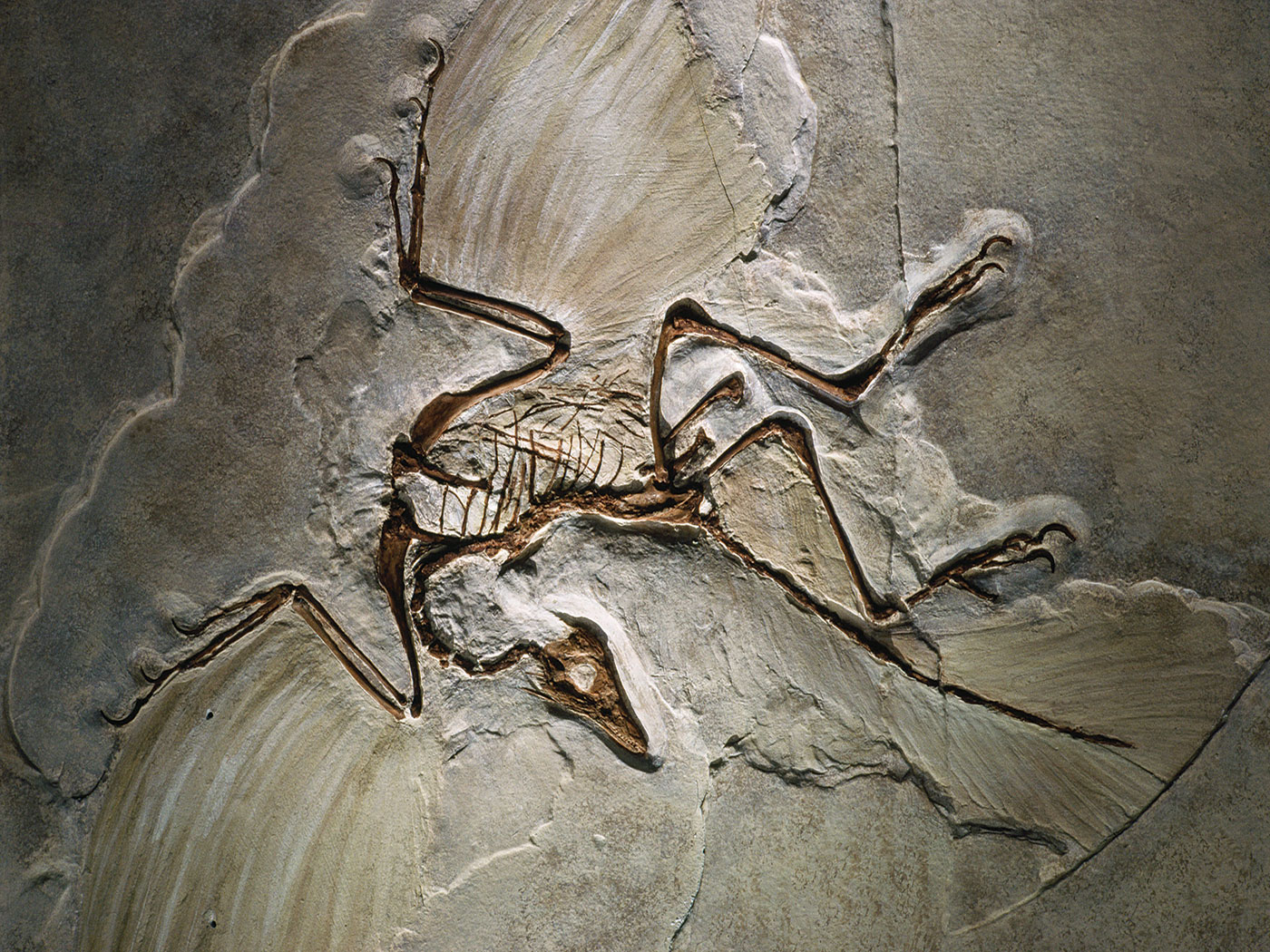Beeps and buzzers, bubbling machines and hissing pumps, rhythmic inhales and gurgling exhales, swishing pants and rubber soles squeaking on tiled floors—these are the sounds in a pulmonary ICU hospital unit. Every pulmonary patient has no doubt experienced the trauma of fighting for every breath. And they understand that every breath is precious. They know because every breath means another moment of life.
With the exception of the sterile hospital environment, Judah’s King Hezekiah probably experienced something similar to this (2 Kings 20:1-3). We know that he was “sick unto death.” Whether or not he struggled to breathe, we don’t know, but we can be sure that he desired to have one more breath. Death was imminent, and he cried out to God—he wanted to live. And God granted Hezekiah’s request, giving him 15 more years of life.
Scripture tells us that God formed man and “breathed into his nostrils the breath of life; and man became a living soul” (Genesis 2:7). When Jesus appeared to His disciples after the resurrection, He “breathed on them,” saying, “Receive ye the Holy Ghost” (John 20:22). Although we can learn much from our teachers, we don’t have to be pastors, theologians, or biblical scholars to figure out that these passages teach that life comes from God—we live because He first breathed the sacred breath of life into us.
This issue of Acts & Facts focuses on life, from the complexity of the tiny cell to the infinite magnitude of eternal salvation through the shed blood of the Lord Jesus Christ. Dr. Henry Morris’ article “It’s Alive!” points out that all life comes from God. Dr. Morris also discusses the criteria for life. He details the distinctions and significance of four unique characteristics of life and explains the importance of understanding what determines life.
We also highlight ICR's new book by Dr. Jeffrey Tomkins, The Design and Complexity of the Cell. Dr. Tomkins and his colleagues provide insight into the processes of life at the most intricate level and help us to see the obvious hand of our Creator in the “things that are made” (Romans 1:20). Witnessing God’s incredible design enables us to better understand the wonder of His creation and deepens our appreciation for the life He has given.
Both the recovering ICU patient who walked out of a hospital and Judah’s King Hezekiah who enjoyed 15 additional years of life shared the privilege of another breath, another day, another opportunity to live for their Creator. But we don’t have to wait for a critical illness or a catastrophic event to learn to appreciate life. Instead, we can look around and see the glorious work of our Creator, we can slowly inhale and exhale, and we can be grateful. We can know that every breath is precious because it represents the blessing of another moment—it’s evidence of the gift of life.
* Jayme Durant is Associate Editor at the Institute for Creation Research.
Cite this article: Durant, J. 2012. The Breath of Life. Acts & Facts. 41 (8): 3.






















